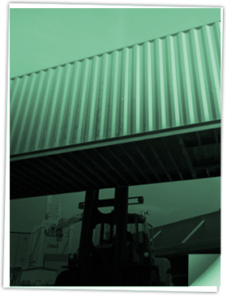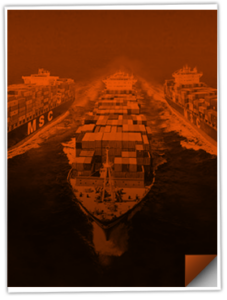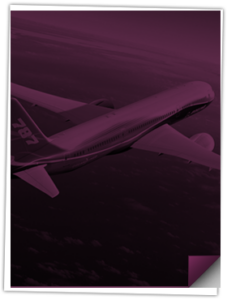What is a Rule of Origin?
A Rule of Origin is a set of criteria used to determine the country of origin of a product for international trade purposes. It plays a crucial role in applying tariffs, trade agreements, import quotas, and labeling requirements.
Rules of origin are used by customs authorities to decide whether goods qualify for preferential treatment under a free trade agreement (FTA) or are subject to standard duties and trade restrictions.
Types of Rules of Origin
- Preferential Rule of Origin
- Apply when goods are eligible for reduced or zero tariffs under a trade agreement (e.g., USMCA, EU-Japan FTA)
- Require proof of origin, like a certificate of origin or origin declaration
- Often based on regional value content, tariff shift, or manufacturing processes
- Non-Preferential Rule of Origin
- Used for standard trade purposes, such as labeling, quotas, anti-dumping duties, or sanctions compliance
- Generally based on where the last substantial transformation took place
Why Rule of Origin Matter
- Determine if goods qualify for duty-free or reduced tariffs
- Affect customs documentation and classification
- Support trade statistics, enforcement of sanctions, and compliance audits
- Prevent circumvention of trade laws (e.g., transshipment through third countries)
Example in Practice
A U.S. importer buys shirts assembled in Vietnam from fabric made in China. Under certain trade agreements, the shirts may not qualify for preferential treatment unless the fabric undergoes substantial transformation in Vietnam, meeting the applicable rule of origin.



